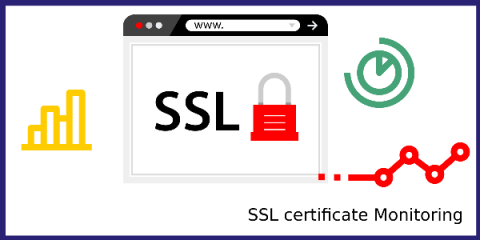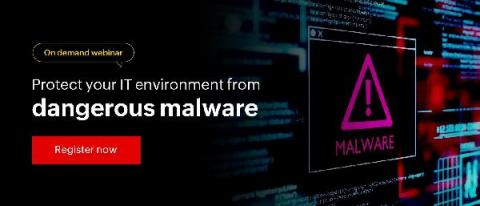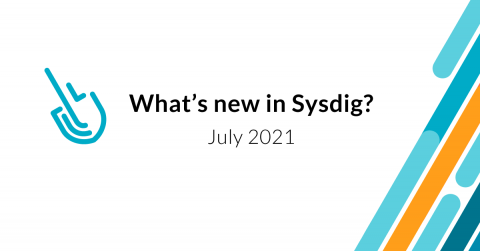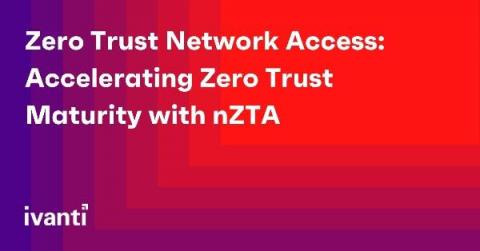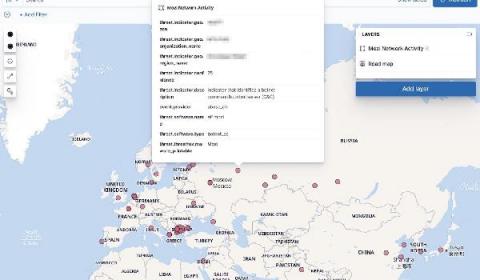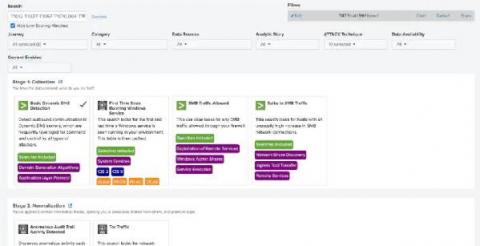SSL certificates monitoring
SSL is an acronym for Secure Sockets Layer. It's considered as a standard security technology, it serves as an Internet protocol by establishing an encrypted link between a browser and a web server. SSL is used to secure credit card transactions, data transfer and logins thereby preventing hackers from accessing private data.


